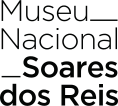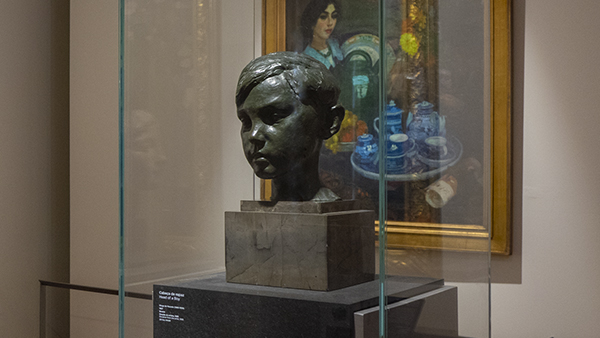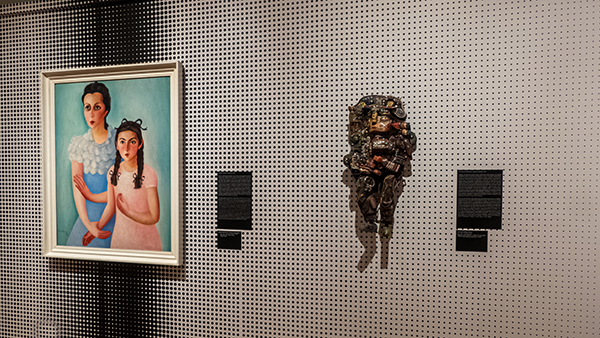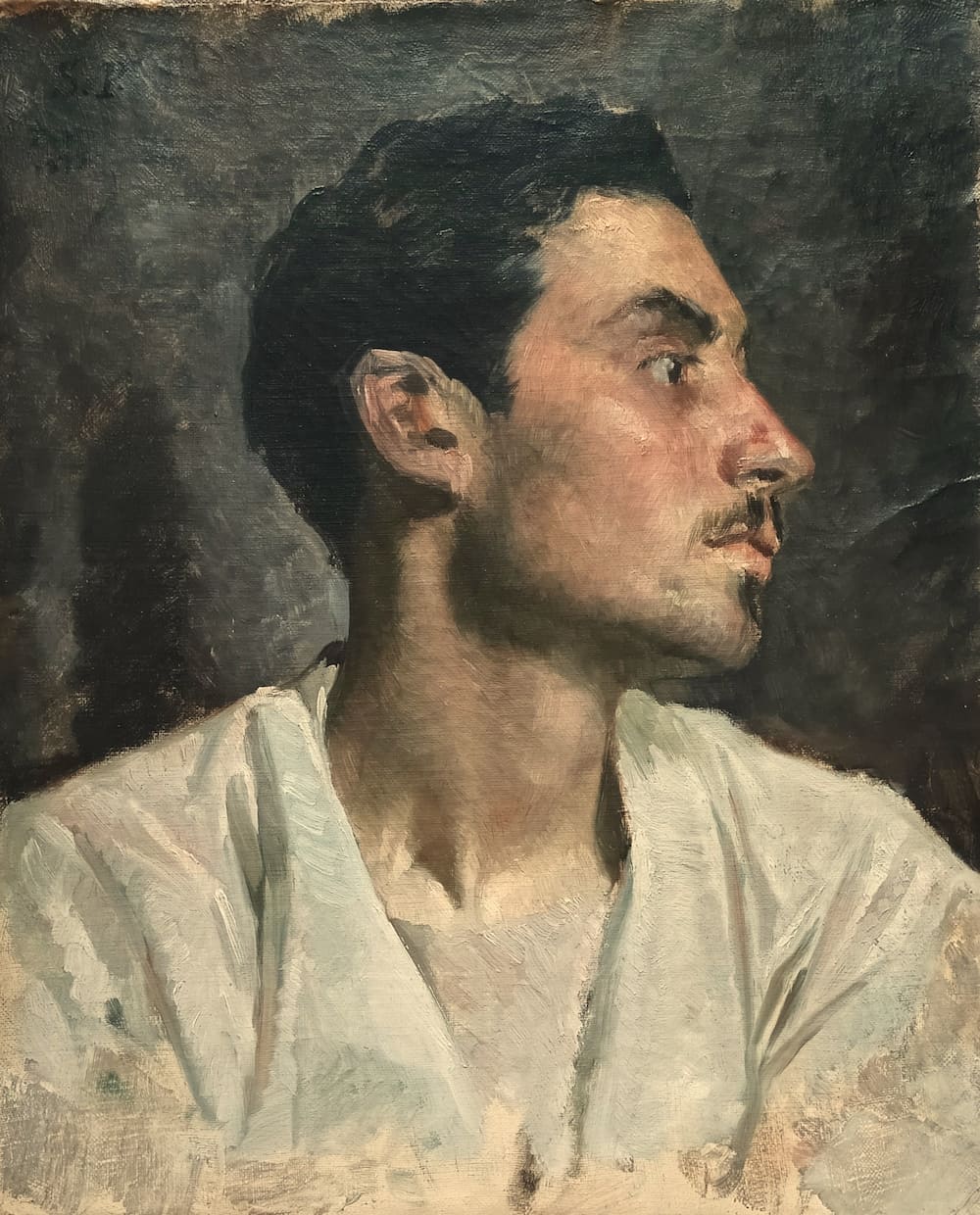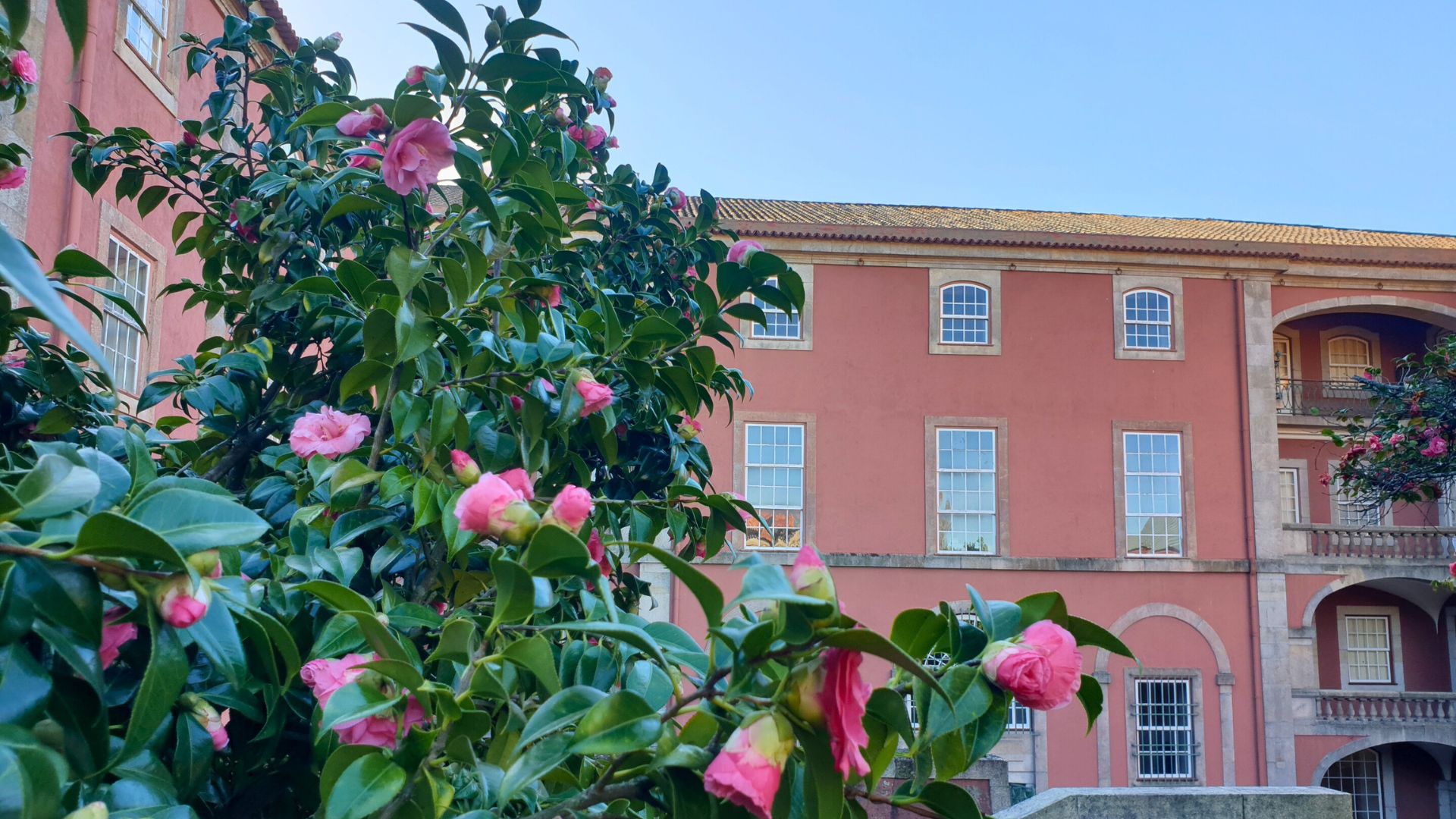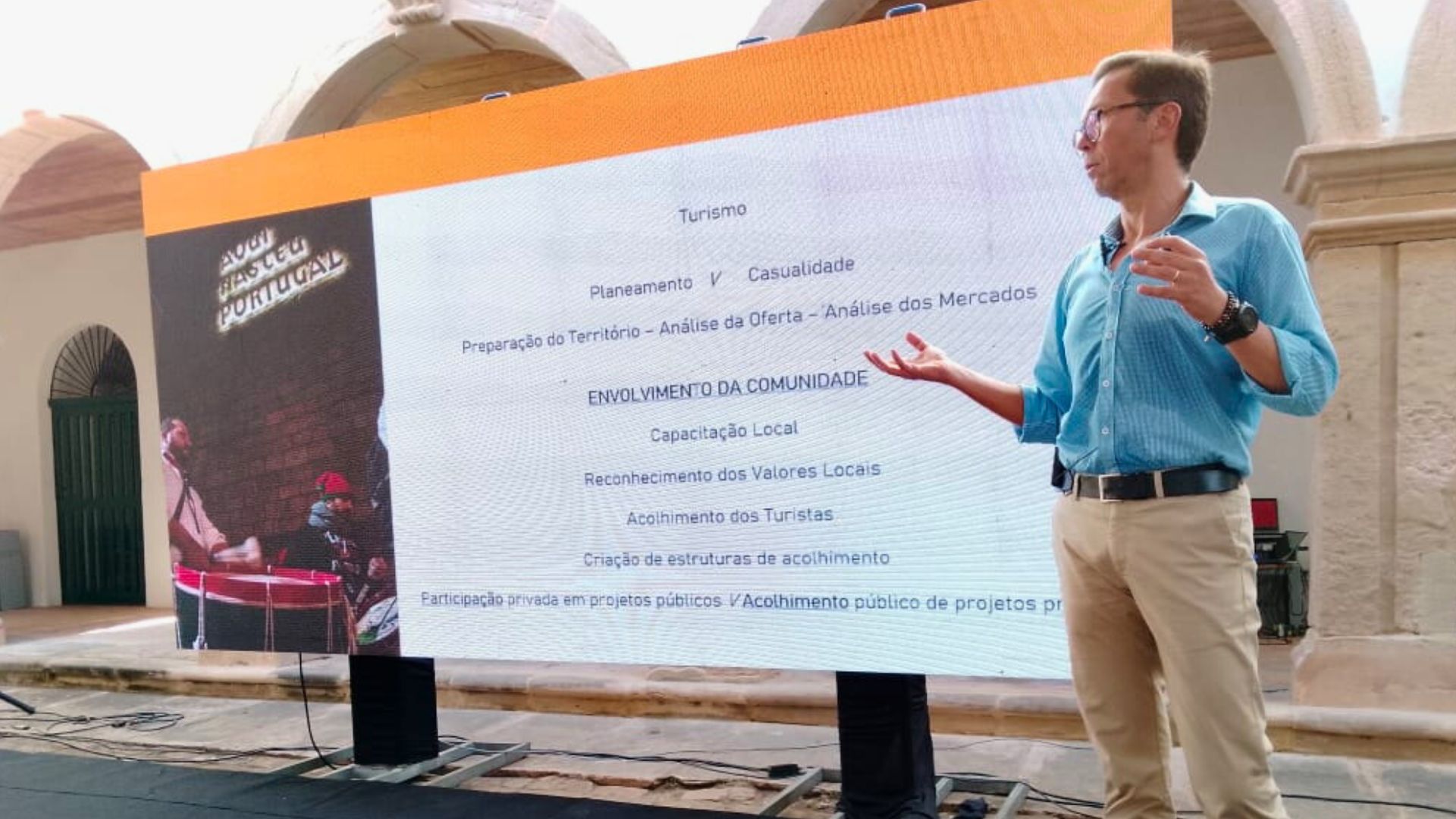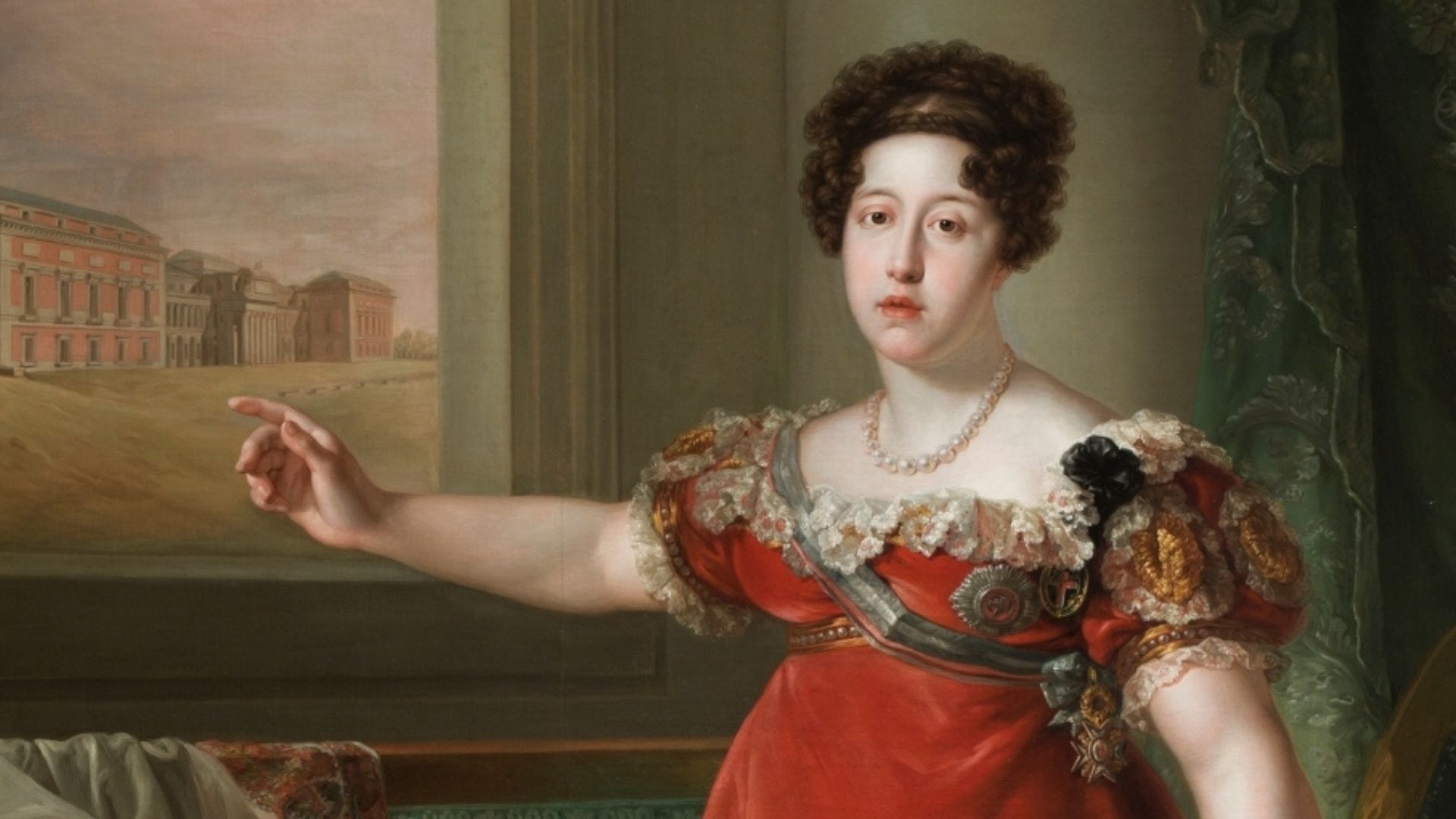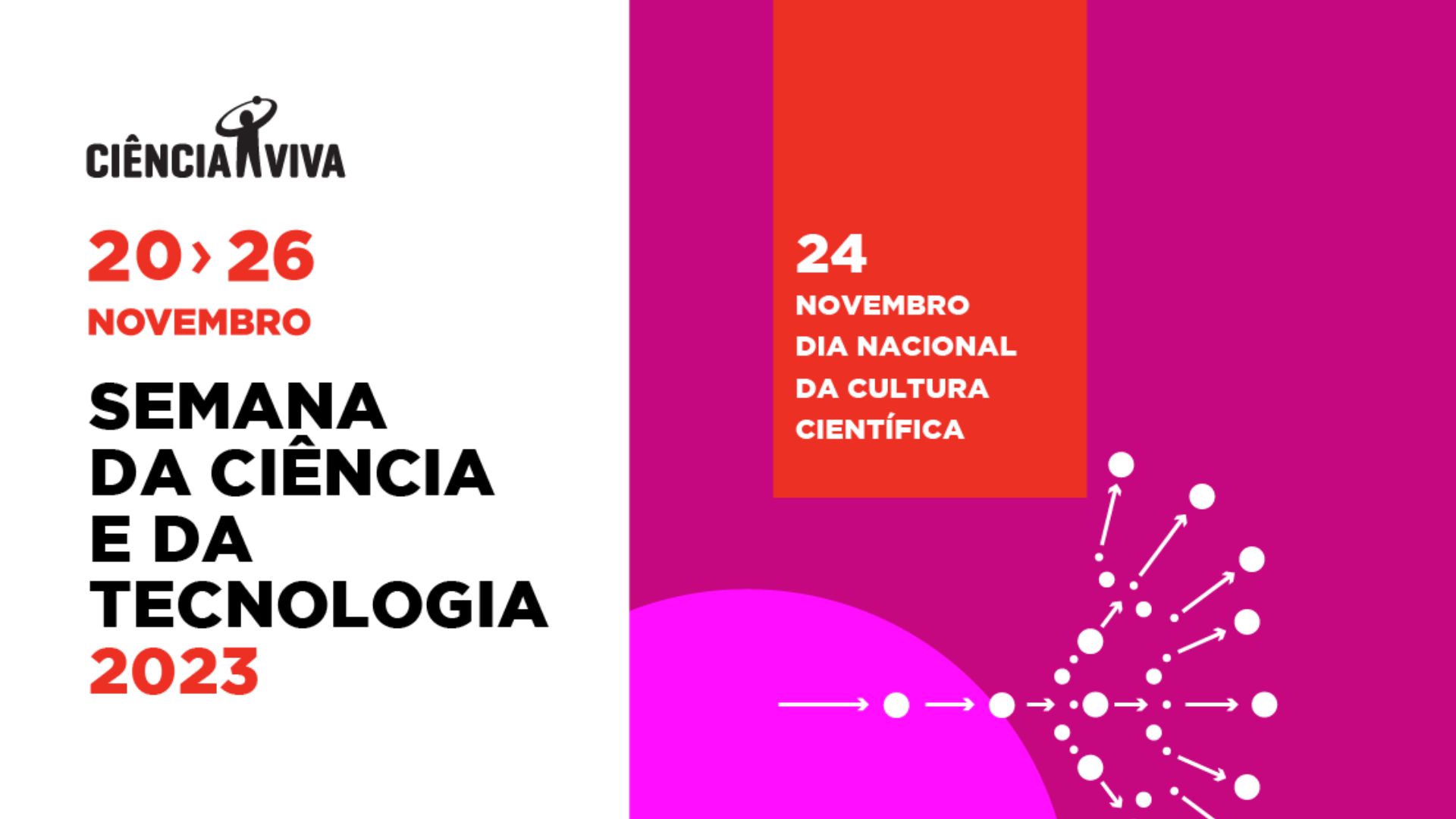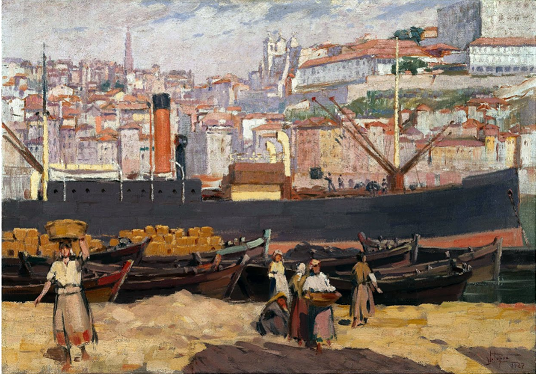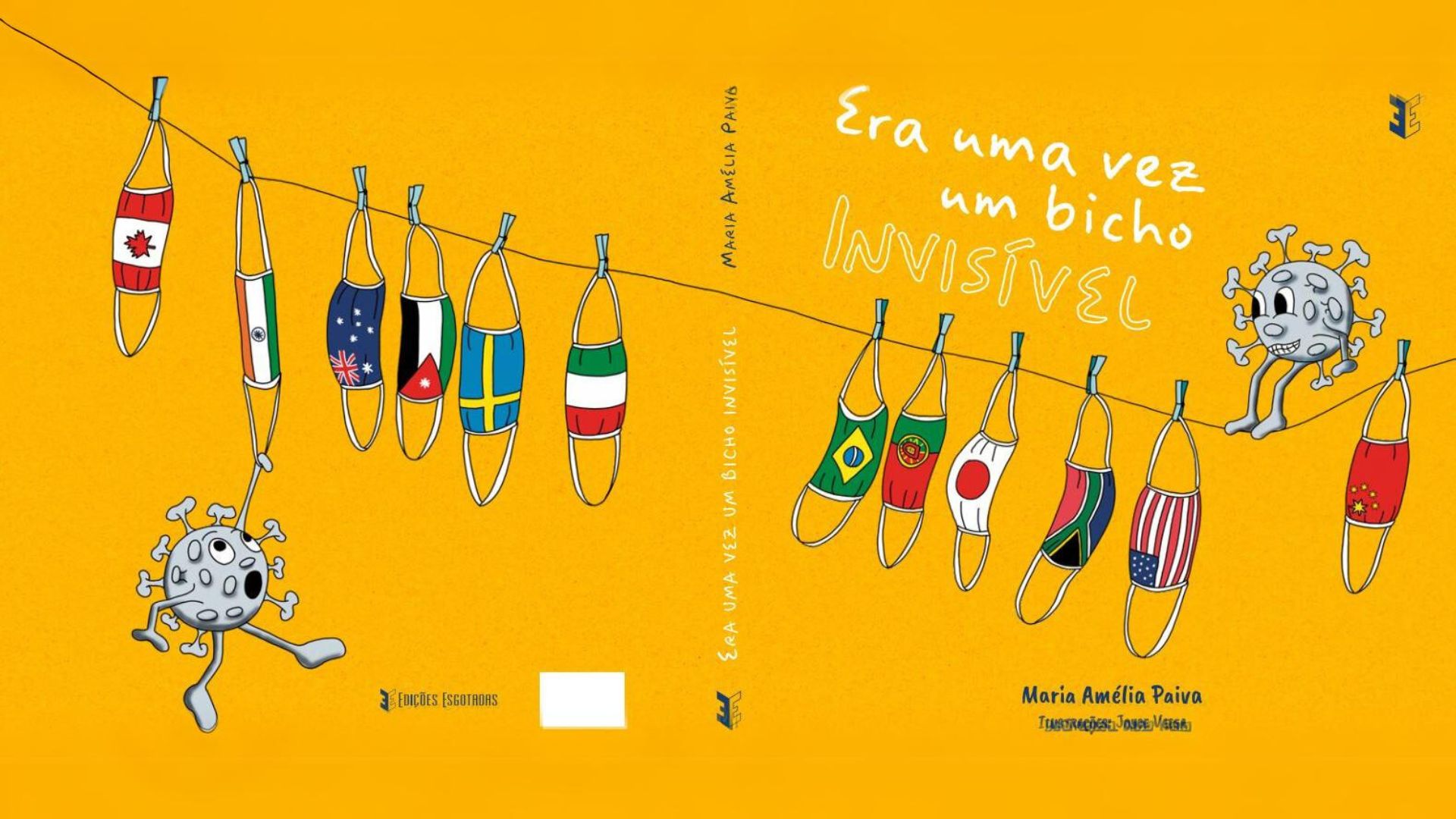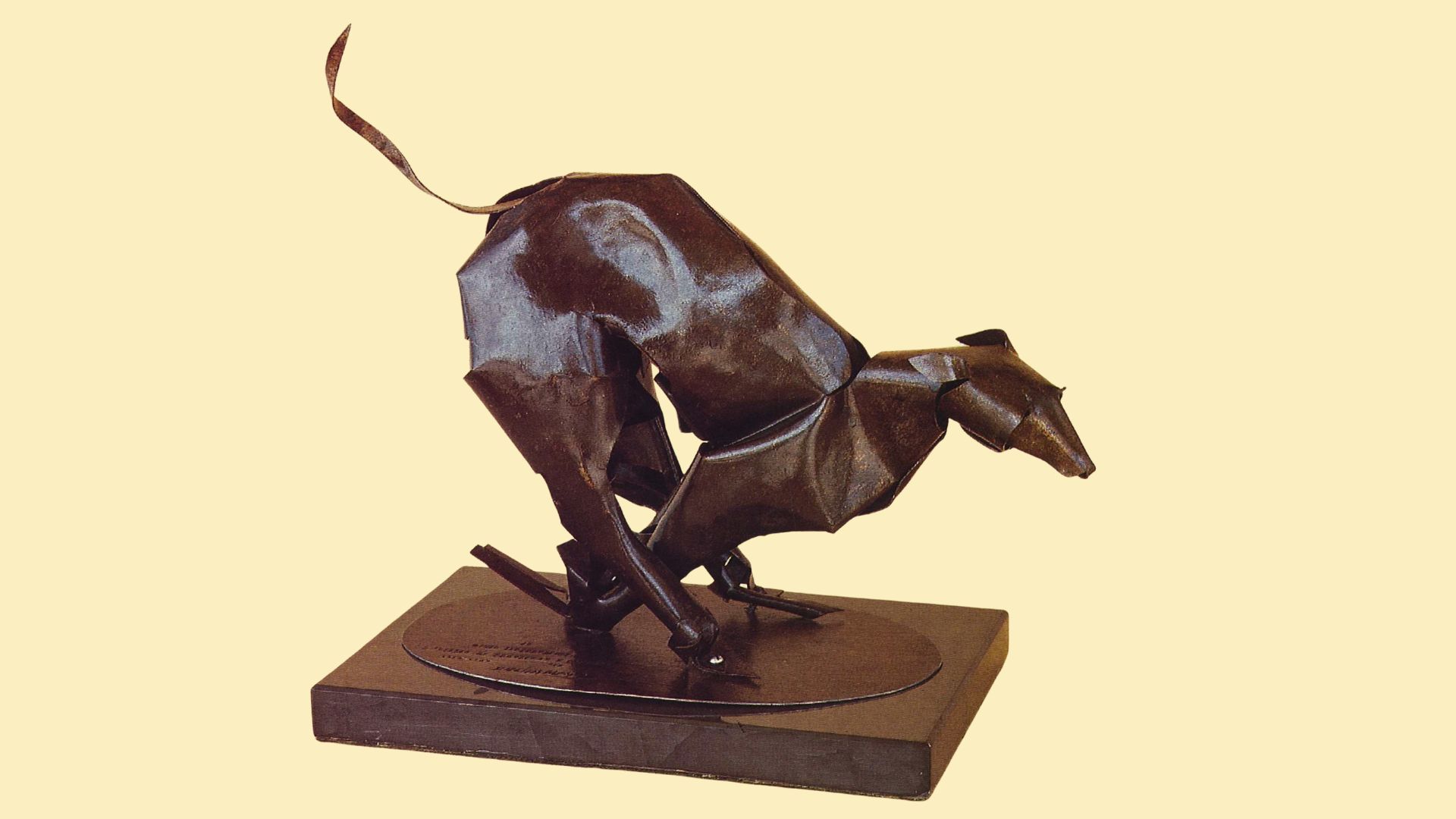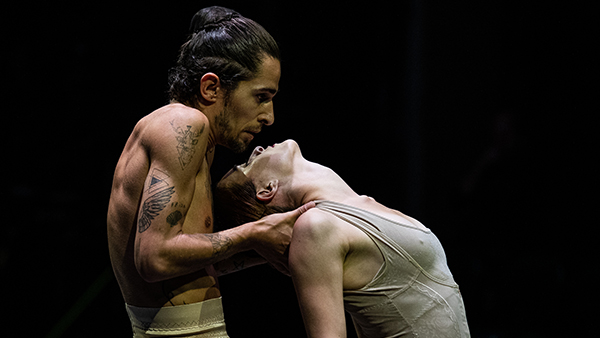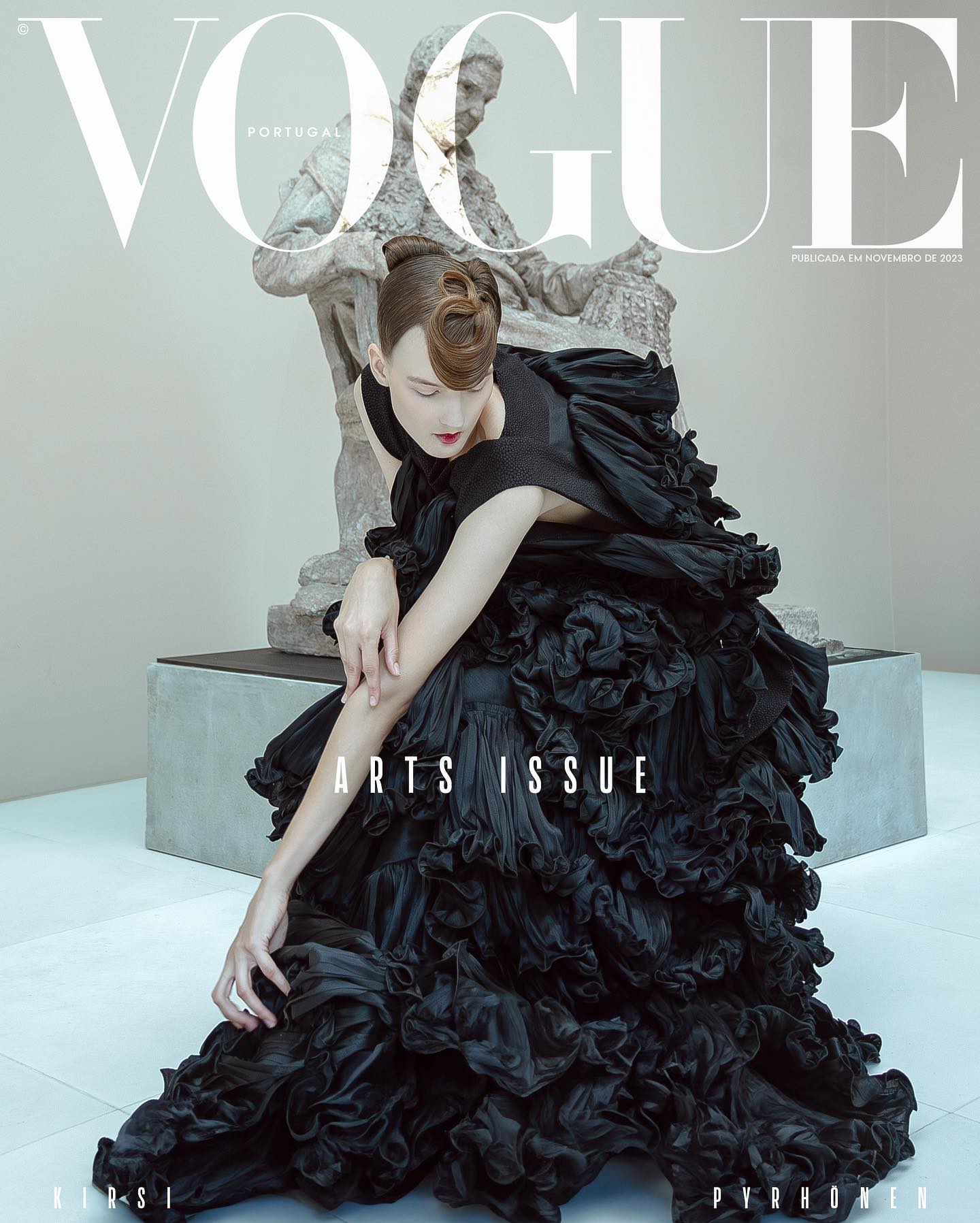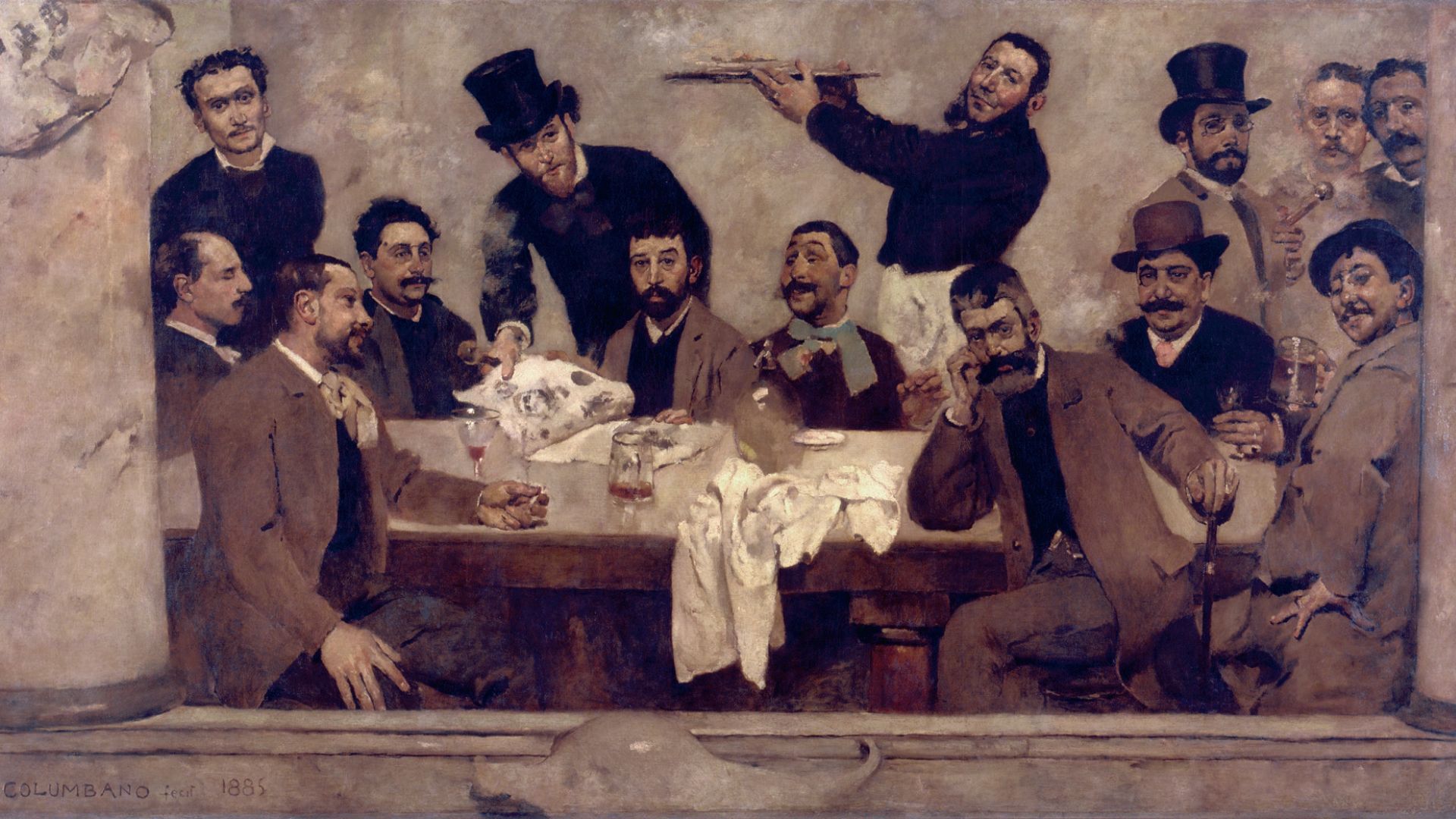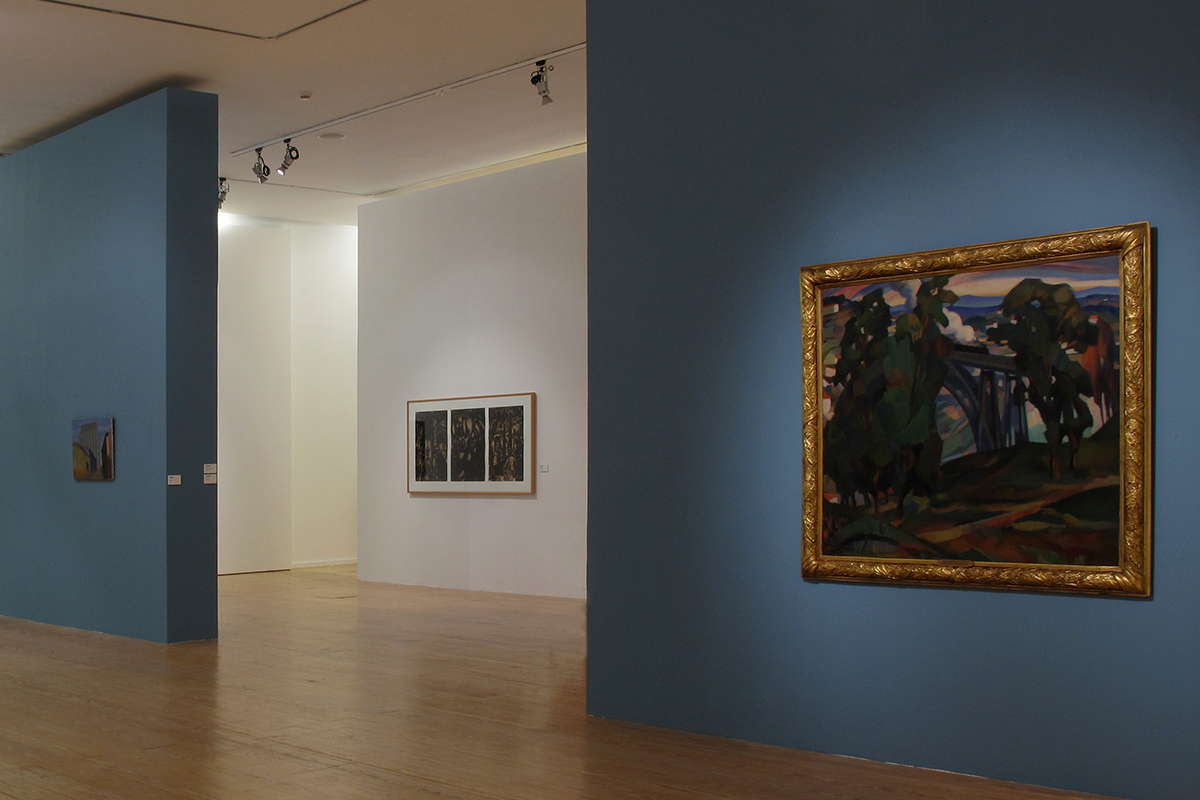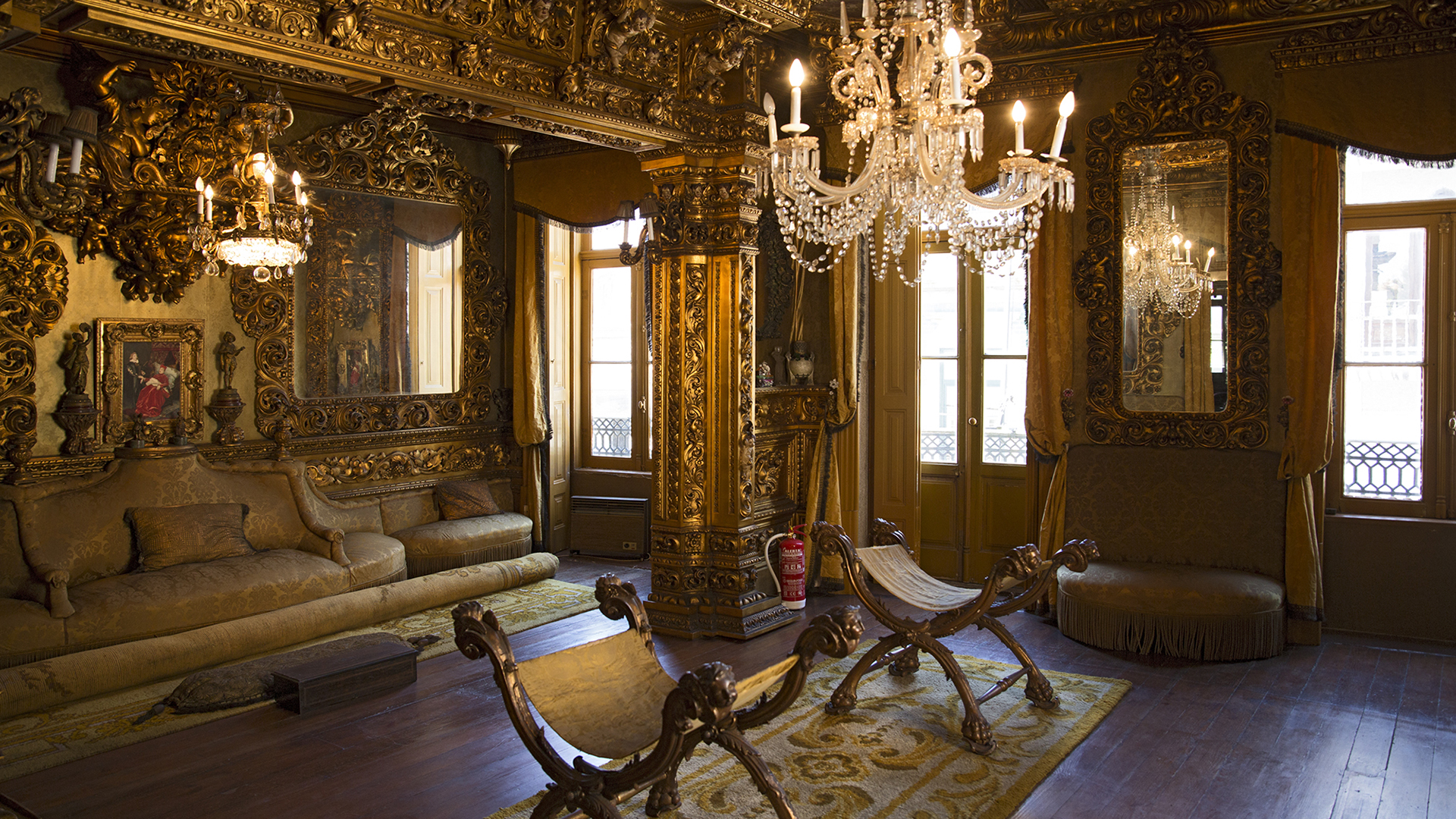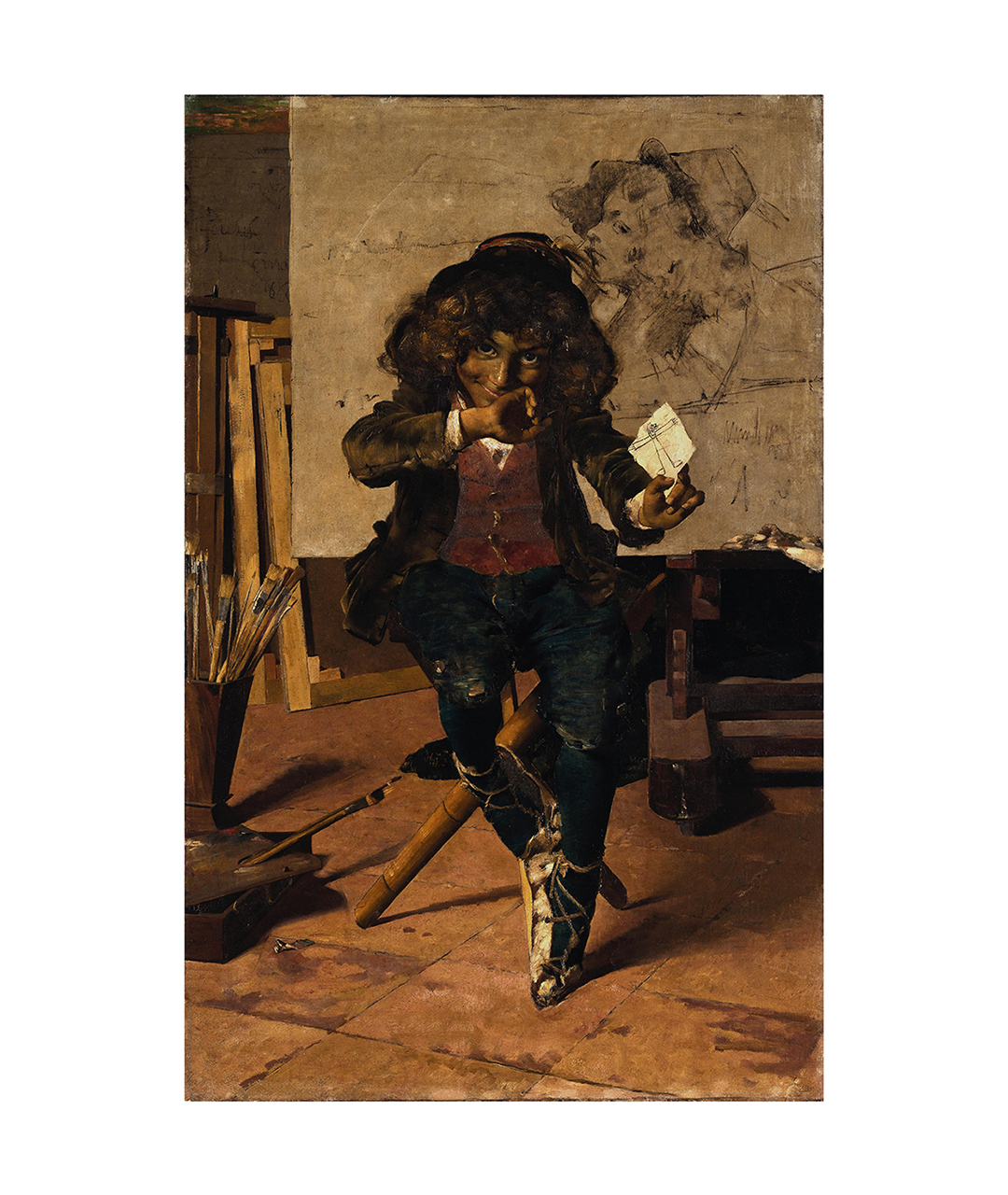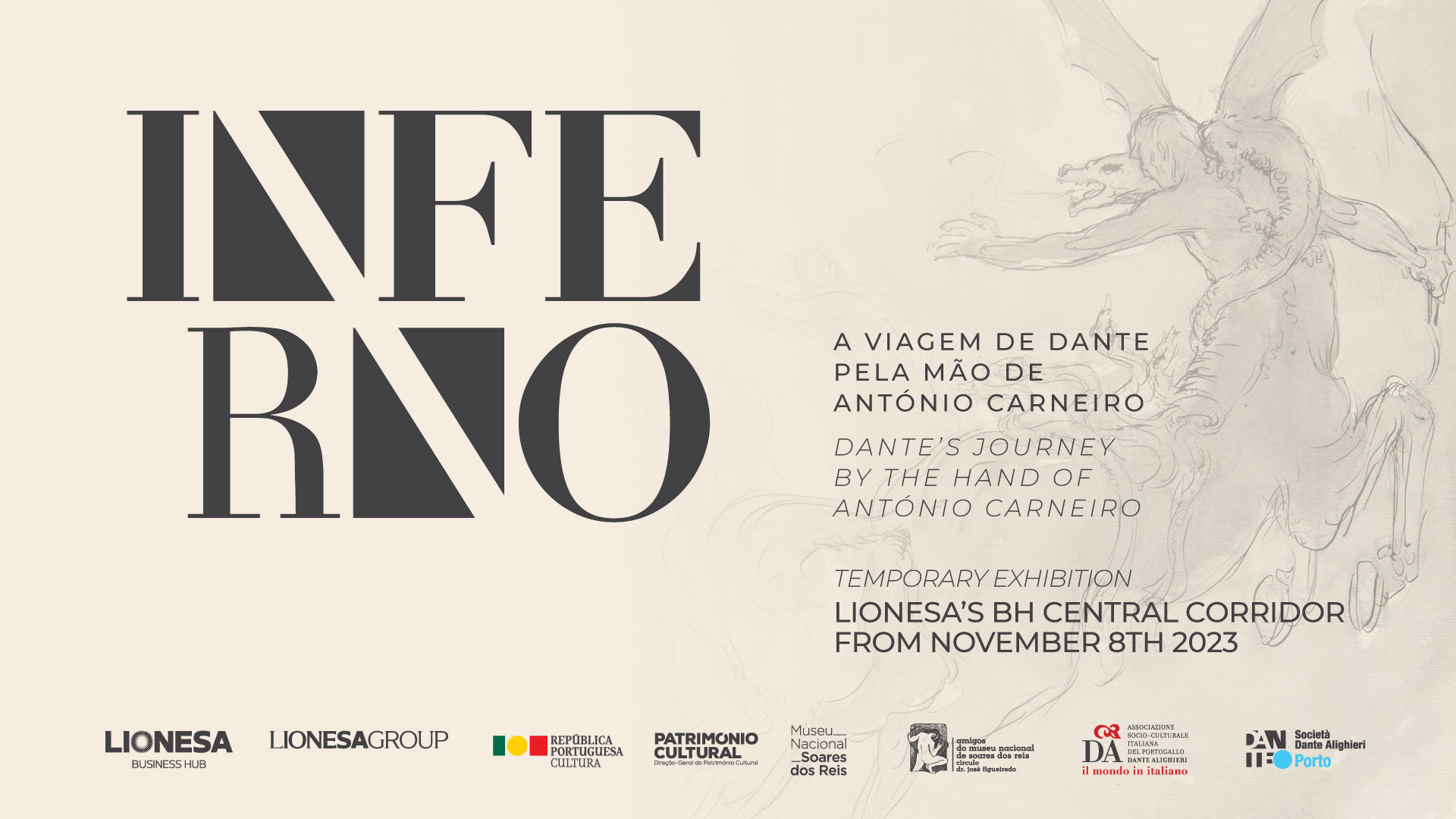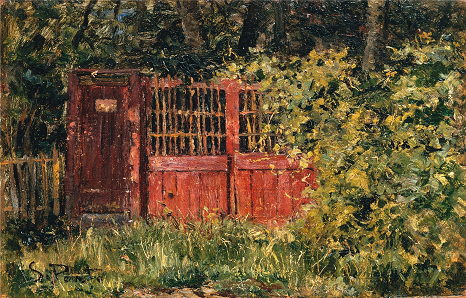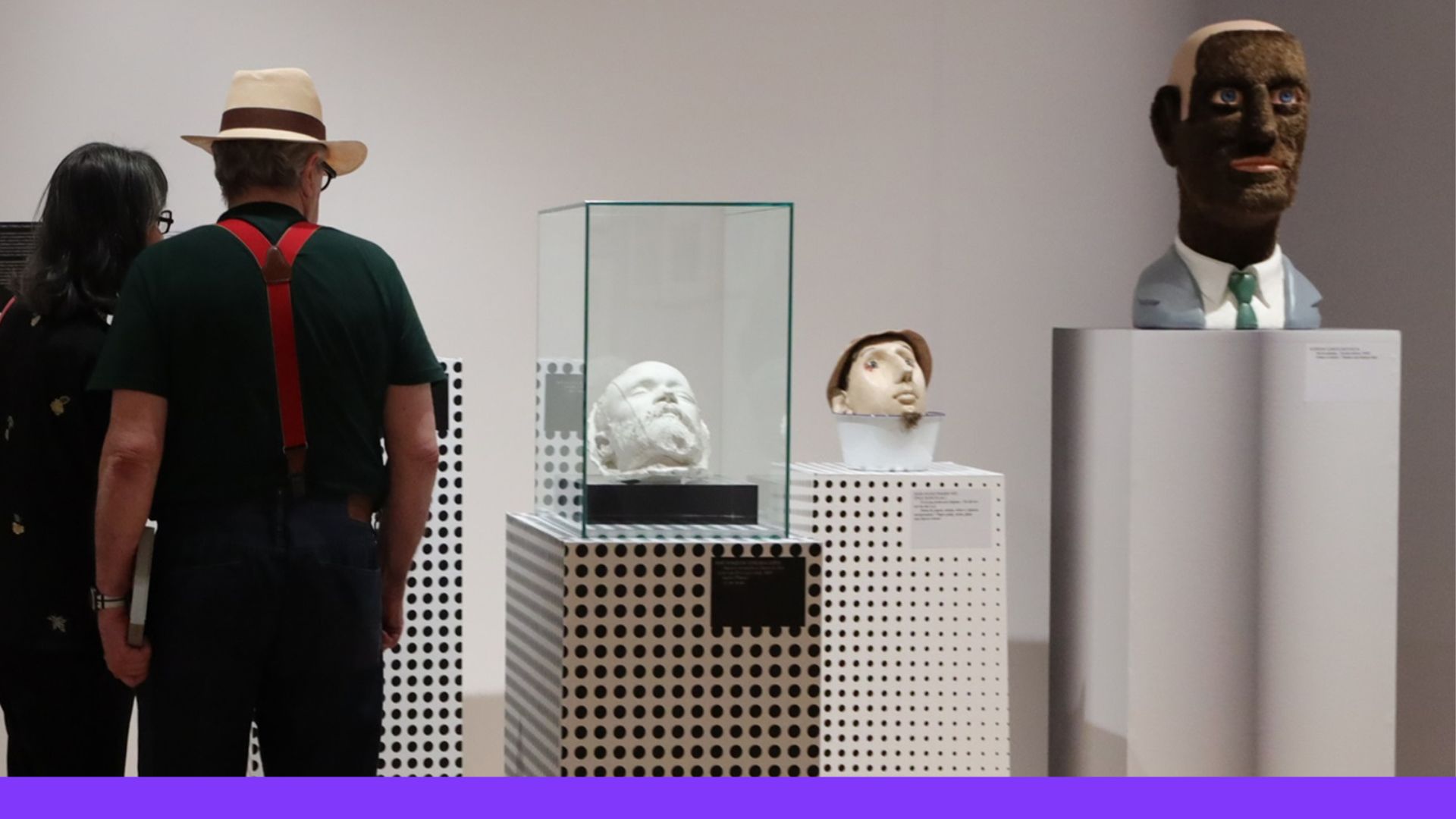Diogo Cândido de Macedo was born in Vila Nova de Gaia on 22 November 1889. He stood out as one of the most important sculptors of the first generation of Portuguese modernist artists.
In 1944 he was invited to head the National Museum of Contemporary Art, a position he held until the end of his life. He died in Lisbon on 19 February 1959.
In 1902 he enrolled in the Sculpture course at the Academia Portuense de Belas-Artes, at the suggestion of Teixeira Lopes. He finished the course in 1911, the year he left for Paris. The sculptors Bourdelle and Rodin were major influences on his work.
In 1913 he took part in the Salon of French Artists and held his first solo exhibition in Porto. In 1915 he took part in the 1st Porto Humourists’ Salon, with drawings signed under the pseudonym “Maria Clara”.
In the following years, he divided his activities between Porto, Lisbon and Paris and, in 1921, settled in the French capital. This phase was marked by an intense social life and professional activity, sculpting, writing and organising exhibitions.
His Parisian phase includes the sculptural group L’Adieu ou Le pardon (1920), a gestural static work that combines a neo-romantic sensibility and a symbolist connotation with a cosmopolitan and modern formal and plastic dimension.
In 1926 he settled in Lisbon and in 1930 published his first work (14, Cité Falguière, memórias dos tempos de Paris). In the following years he continued to produce art, responding to private and official commissions.
In 1941, now widowed, he gave up sculpture and devoted himself to literary activity. He published biographies of artists, studies, booklets and prefaces to exhibition catalogues.
In 1944 he was invited to head the National Museum of Contemporary Art, a post he held until the end of his life. In 1946 he remarried and, two years later, he was commissioned by the Ministry of the Colonies to direct and accompany a travelling art exhibition in Angola and Mozambique.
In the 1950s, he was invited to organise the classification of properties of public interest, an activity he continued alongside participating in art exhibitions and writing reviews and essays on art and museology.
Source: National Museum of Contemporary Art in Chiado
Photo: Sculpture Cabeça de Rapaz (Head of a boy), by Diogo de Macedo, collection of the Soares dos Reis National Museum
Cover Photo: Diogo de Macedo @Fundação Calouste Gulbenkian
